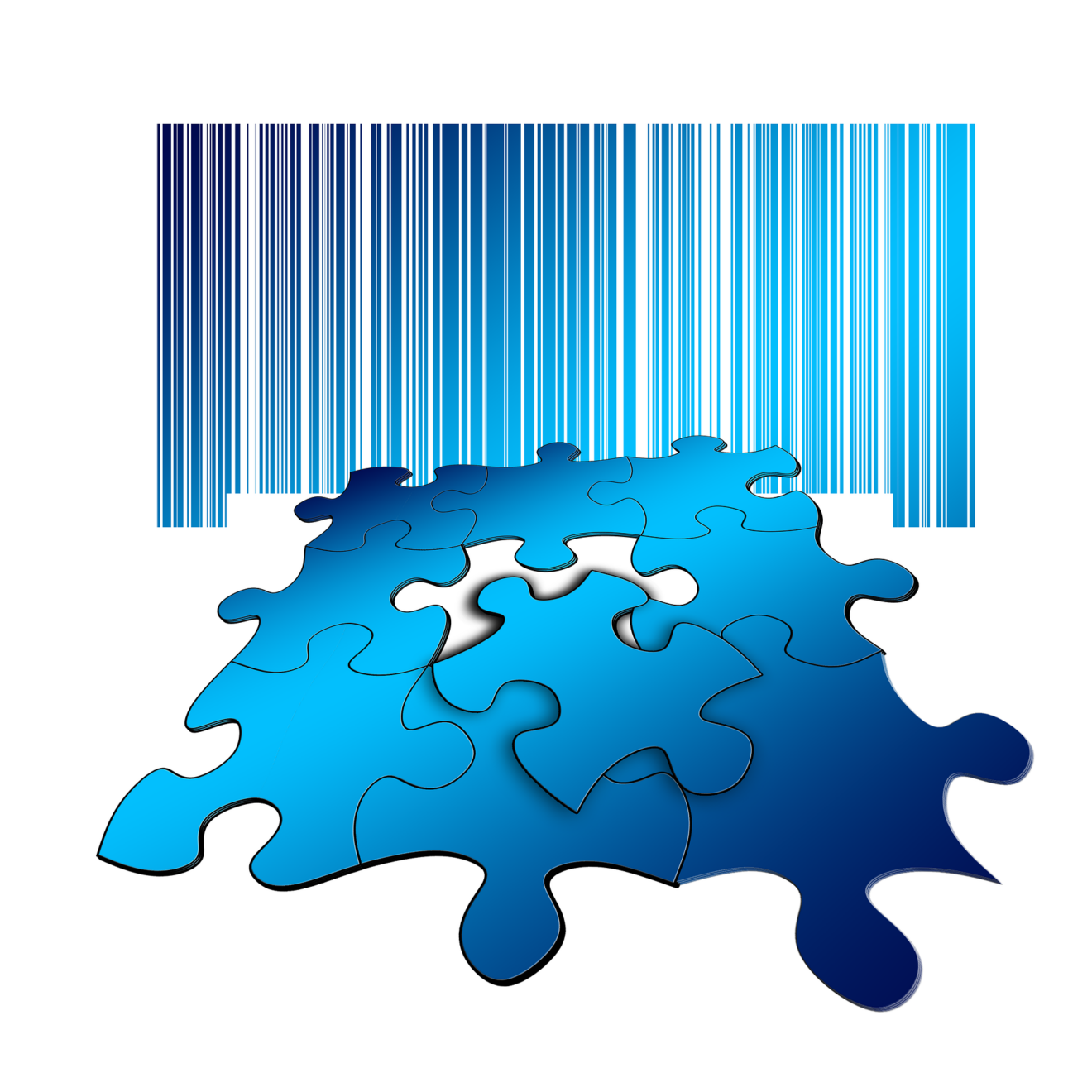This post is sponsored by Digimarc.
Connected packaging has come a long way since the first UPC marked item entered the market more than 40 years ago. Today, connected packaging lets brands educate and inspire consumers and offer valuable insights to retailers.
In this interview, Michael Okoroafor, vice president of global sustainability and packaging innovation for McCormick, discusses how the world’s leading manufacturer of spices, herbs and flavorings is taking connected packaging to the next level. The company has embarked on a new initiative to bring its packaging into the digital age, with innovations that include a fully scannable package with a digital signal incorporated imperceptibly into the artwork. Okoroafor explains how connected packaging can help create not only a great product, but also a great consumer experience.
Can you describe some of the motivators of the connected packaging movement?
We see connected packaging as a way to bridge the divide between the physical package and the world of digital and e-commerce. Put simply, we think connected packaging can help enable our consumer to buy McCormick anywhere, any way, any time. For us, connected packaging is really one key part of a larger initiative to becoming a digital-first organization with a modernized ecosystem.
What are some of the benefits of connected packaging for your customers?
Connected packaging is about consumer convenience. It’s convenient to buy and convenient to access information. As a spice and herb company, education is very important. These are essential, healthy ingredients used by all economic classes. When it comes to delivering information and content, we’re not looking at segmentation of our consumer demographics like some companies. We think of one class, a “buying” class. For example, people are interested to learn how combinations of healthy herbs and spices can take the place of unhealthy salts and sugars. Connected packaging gives us a way to share that information.
Sustainability is another big issue. Whether you like it or not, the majority of people in the world today know and care about sustainable practices and the need for brands to have a positive impact on the planet. Connected packaging gives brands an avenue to connect with the consumer through the package and teach them about where ingredients come from and the working conditions of the people behind the product. All those are very, very important to consumers.
Are there benefits for the brand that go beyond consumer engagement?
Absolutely. I call it supply chain simplicity. It’s part of being a digital-first organization. There is transparency from the consumer perspective but there is also transparency of the whole supply chain — linking connected packaging to the content and merchandising strategy, in-store and online inventory management so you have the normal out-of-stocks in the store. You need to be able to build a back end supply chain that supports that. Another thing is shrinkage. If you have a connected package you can better illuminate shrinkage in the store, a big issue for large retailers.
What are the challenges to getting consumers to engage with packaging?
Consumers want simplicity. Years ago, we saw the need for connected packaging and thought 2D barcodes (QR codes) were the way to do it. But the consumers rejected it. They don’t want to pick up a package and have to find a specific code. They want to scan anywhere on the package to find the information they are looking for. The challenge for us is making the process simple and seamless. Consumers don’t want to be taught how to do something. They just want to do it.
To what extent do you anticipate that the market as a whole will embrace connected packaging over the next few years?
To a significant extent. Can I point out a percentage? No. But if you look at the way things are going, it’s the next step for a lot of brands. Many companies are already seeing the value of delivering digital content to consumers. For example, Walgreens realized that kids really didn’t like the flavor of the certain medicines and were spitting them out. So they developed a program to add different sweeteners and flavors, like cherry, orange or vanilla, to help make the medicines taste better. But each flavor uses a different amount of water based on the concentration of the flavoring and that’s information parents want to know. This gets the kids their medicine. That’s a great future use case for connected packaging and an example of what I see happening a lot more in the future.
Dr. Michael Okoroafor is McCormick’s vice president of global sustainability and packaging innovation
__________________________________________________
If you enjoyed this article, join SmartBrief’s email list for more stories about the food and beverage industry. We offer 20 newsletters covering the industry from restaurants to food manufacturing.
